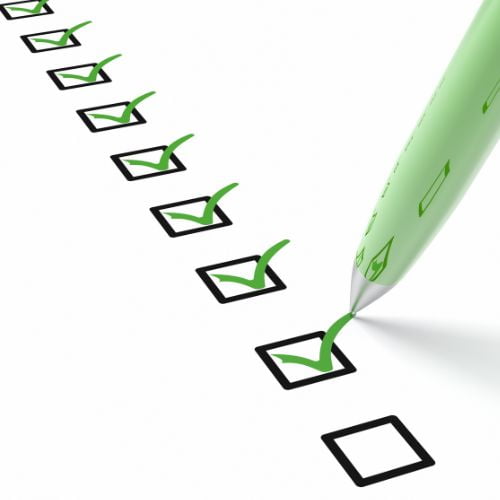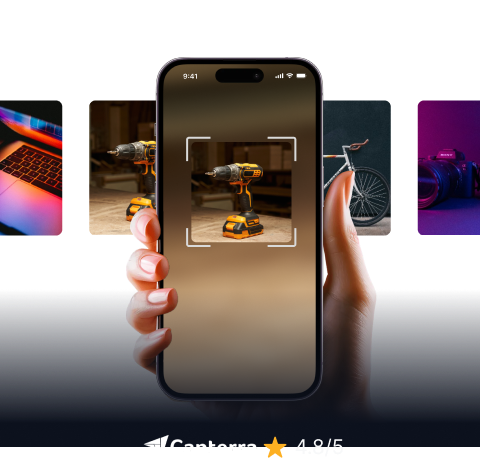
Would you like to use a fixed asset register but you’re not sure what to include? Don’t worry, this article will help. Using an asset register can seem complicated when in reality it doesn’t have to be. In fact, you could find that your new register helps your business in multiple ways. Let’s take a closer look at this.
What Is A Fixed Asset Register?
Quite simply, a fixed asset register is a register that’s located in the cloud. A register such as this contains information about all of your fixed assets. Your fixed assets are made up of those things that you use most days but they always stay in the same place. Furniture, computers, and other types of equipment can all appear on your register. What this means is that you can see where they are all of the time. You can have much more control over them and you can even control who uses them. A register such as this can be a very useful addition to your business, irrespective of which industry you’re in.

Do I Need To Track Fixed Assets?
The quick answer here is “Yes”. All of your assets need to be tracked all day, every day. The longer answer is also “Yes”. When you track your fixed assets you have more control over them, as we have already seen. You can even track the location of your assets despite the fact that they do not move from their location. You may have many different fixed assets in many different locations. As such, finding them could prove to be difficult. Here is where having and using a fixed asset register can really help. All that you will need to do when looking for an asset is to log into your register, click on the asset you wish to find and its location will be displayed for you. What this means is you can find what you need to in no time at all. You could save at least a few minutes every day searching for something. When you do, it means that your business can run more efficiently. This is something that most businesses can benefit from. So, tracking your fixed assets really is a good idea.
What To Include In Your Register
You can potentially fill your register with a wide array of different things. You can add as much or as little as you wish. However, adding a lot of assets to your register is the best way. It means that you can track more and have more control over everything. So, what should you include in your register? Ideally, you will add some or all of the following:
- IT equipment – such as laptops, desktop computers, printers, etc.
- Machinery – Plant machinery, production line equipment, and everything in between
- Furniture – Desks, chairs, filing cabinets, and more
- Office equipment – Such as photocopiers, the contents of your stationery cupboard, and your telephones
- Fire doors – Extinguishers, blankets, and other fire safety assets and equipment
You can add as much or as little as you wish to your new fixed asset register. Just make sure that you securely attach the barcode or QR code to each of your assets. You’ll need to attach it in an easy to reach location so that the barcode can be scanned easily. If you’ve attached a QR code, the reader will automatically find it without you needing to look for the code.
How To Create Your Asset Register
Your business needs an asset register so that you know where your assets are. It also needs a register so you can control your assets and even create data about them. Once you have added your QR code to an asset, for example, you simply need to scan it. As soon as it is scanned, a digital profile will be created. Then, you can add a lot of details about your assets. Once this is done, you can start to track your assets.
Adding Details About Your Fixed Assets
So what details should you add about your fixed assets? The following information is worth considering:
- Insurance details so you know who to contact should something go wrong.
- Financial information such as depreciation and cost. Knowing how much you bought an asset for can help you to make good purchase decisions should you need to replace it
- Maintenance details so you know when an asset needs to be maintained and if it’s worth repairing it.
- A photograph of your assets so you know what it looks like. This can be helpful if you have a lot of assets that look the same or if you want to make it easier to find the right machinery.
Add as much information to your fixed asset register as you wish. The more you add, the better as it could prove to be useful. Your asset register can be a very useful tool that has the potential to help your business in many different ways.
Would you like to speak with someone knowledgeable about using a fixed asset register? Get in touch with us today at team@itemit.com.

Try itemit
Choose a better way to track your assets. Start your free 14-day trial now!

Keep Learning
itemit Blog
Tips, guides, industry best practices, and news.
Why Having An Accurate Asset Register Is Important
Why is having an accurate asset register so important and how can it help with equipment tracking? Read this post now to find out!
What Exactly Is An Asset register?
What exactly is an asset register and will your chosen asset register format offer you everything you need? Read this post to find out!
How Your Business Can Save Money By Using An Asset Register
How can you save your business by using an asset register app? Read this post now to uncover the secrets that could help your business thrive!




